No products in the cart.
A Beginner’s Guide to Photography Backdrops
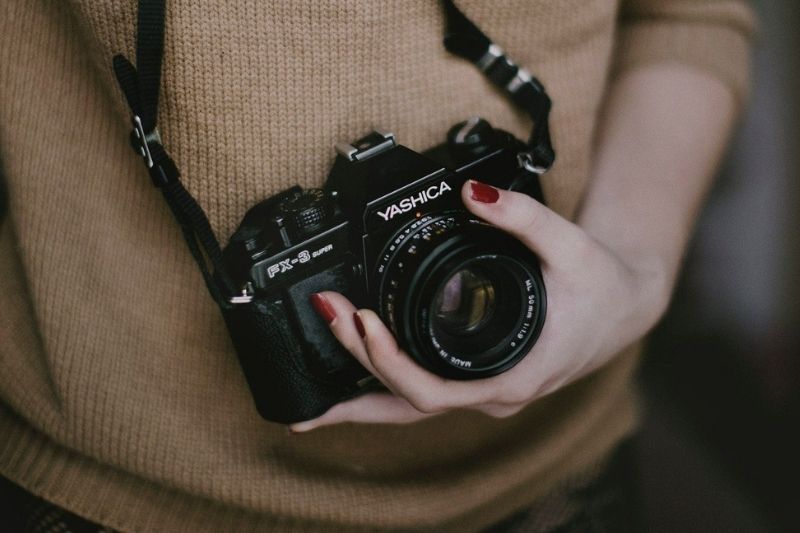
Finding the perfect photography backdrop is probably one of the major challenges that photographers face. Photography backdrops are essential tools for any studio or professional photographer. Often, perfection, neatness, and personal style are brought to their photos by using photography backdrops.
A photography backdrop is anything that is used to enhance the overall look of the photo. A backdrop is anything that fills in the background. It is crucial therefore for beginners to have a grasp on how to get it right.
Generally, the need for photography backdrops depends on your requirement and choice so it is important to get to know available backdrops and their applicability. The use of backdrops cannot guarantee the final look of your photos. For which, post-processing is a great filler and should not be excluded in the process. Photo editing services can also help achieve a more refined and attractive result. But for starters, let’s get to know photography backdrops a little more.
Types of Photography Backdrops
If you are looking for traditional photography backdrops for your photos, look no further. Listed below are the most common options that are widely available. Remember that each one of these backdrops has its appeal and may be used depending on the photo’s subject. Carefully consider these types to help achieve desired results from chosen photography backdrop.
- Muslin Photography Backdrops: Muslin is lightweight and low-cost. Muslin is also a tad thinner and lighter than canvas and it doesn’t wrinkle easily. It can appear solid-looking providing a formal look and can be draped over surfaces to make appealing transformations. Muslin photography backdrops can also be washed when it gets dirty.
- Paper Photography Backdrops: Generally available in solid colors, white and black are the most versatile. These photography backdrops come in rolls and are usually used for a single time. It is inexpensive, has various sizes, and easily available but it also needs careful handling as it crumples and tears easily. Seamless paper photography backdrops may be great for starters for budding studio photographers. Buy a roll or two of this kind of backdrop and start with the most useful colors. You may then add various colors as assignments.
- Painted Canvas Photography Backdrops: Canvas backdrops are made of thick and heavy materials but they can last a long time. Because of its bulk and cost, it has declined in popularity. Canvas though gives a classic look to your photos. When using canvas photography backdrop, use darker backgrounds for low-key lighting and use lighter, well-lighted backgrounds to create a starkly different high-key mood.
- Collapsible Photography Backdrops: Location photographers often rely on collapsible photography backdrops for portability and convenience. There are a variety of choices for collapsible backgrounds and each of them may give your studio different looks and feels. Most collapsible photography backdrop is one color on one side and another color on the other side – usually black and white.
The Role of Photography Backdrops
The photography backdrop chosen and used for photos highly impacts its quality and clarity. Take time to carefully consider a backdrop that will accurately give off the mood and personality of the photographed subject. For example, when taking a photo of a person standing in front of a garden park, you will be depicting a relaxed, pleasant mood, while a photo of a person taken in front of a black photography backdrop with lots of crossing shadows on the subject’s face will portray moods of stress and angst.
Photography Backdrops and Lighting
The lighting and photography backdrop of studio sessions work together to create a quality, harmonious image. Getting the type of lighting right and properly put in place complements the photography backdrops to highlight the subject’s facial expressions, skin and hair color, and other relevant aspects.
5 Rules for Photography Backdrop Excellence
At first, selecting photography backdrops may be difficult, but it will become easier as experience is gained. Following are five rules that will ensure that the backdrop works with the photographed subject and that quality result is achieved without distractions and poor lighting.
- Before hitting the shutter release, check the backdrop. Try looking for colors that do not match, bright patches, lines that clash, and other elements that do not seem to belong.
- If there are distractions present in the backdrop, try moving the photographed subject.
- Intentionally change the angle of shots to eliminate photography backdrop distractions
- Use Aperture to blur your background. Doing this will distort any distractions or undesirable items in your background
- Fill the frame with your photographed subject
Key Tips when Using Photography Backdrops
When thinking of studio photography and backdrops, it’s easy to suppose that once the backdrop is set up the picture-taking process then starts. This is however a wrong notion. To achieve the best results, there are a few things that need to be considered.
- Little details must not be overlooked: The whole point of having an attractive portrait photography backdrop is to bring out the best from photographed subjects and create a clean, polished look. Overlooking small details such as framing the shots with ends of the backdrop showing or not considering the vertical height of the photography backdrop (such that the top and bottom of it shows). It’s the little details done by the photographer that will determine whether photos will be pleasing or not.
- Consider the Angles of Photoshoot Backdrops: The usual angle when employing the use of studio photography backdrops is from eye level. But if images are composed of higher or lower vantage points, a much diverse look is achieved. For instance, when shooting above the subject’s eye level creates an image that focuses more on the subject’s face rather than the body. This angle tends to also have a slimming effect on adults and an emphasis on small structures of children. On the other hand, a lower-than-eye level shooting point creates a portrait that gives off a confident vibe. The camera at this point is below the subject’s eye level that they seem colossal and powerful. A trick in using this camera angle is to pay attention to how it makes the subject look, often exaggerating the subject’s body size. It’s free to experiment though so go ahead and take some non-eye-level shots.
- Think of High-Quality Photography Backdrops as Investments: When on a budget, buying cheap photography backdrops to save money may be most appealing. But a problem with this mindset is that because they’re cheap they will show and look cheap in photos. Also, they aren’t made of durable materials because they cost cheap and so they won’t last long. The ending would be to buy another backdrop sooner. So, invest in high-quality photography backdrops that look great and choose those that suit your need.
A lot of elements need to go right to create gorgeous portraits. An eye for structure, understanding angles, and using carefully chosen photography backdrops are required to enhance shots. Use the tips above and be in a better position to produce visually appealing images.





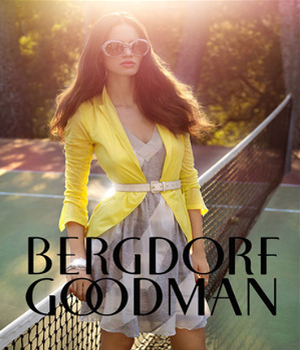
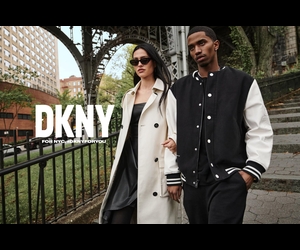
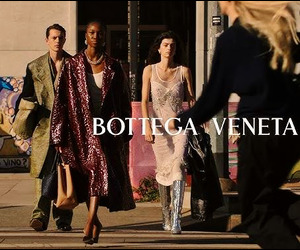
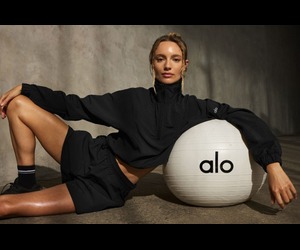






Leave a Reply